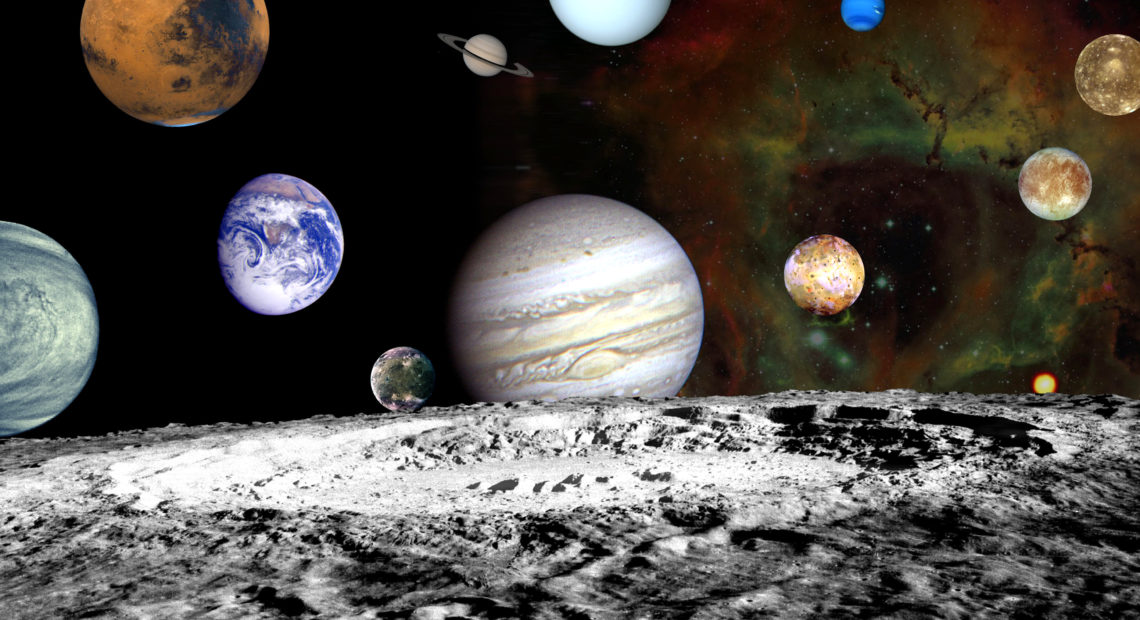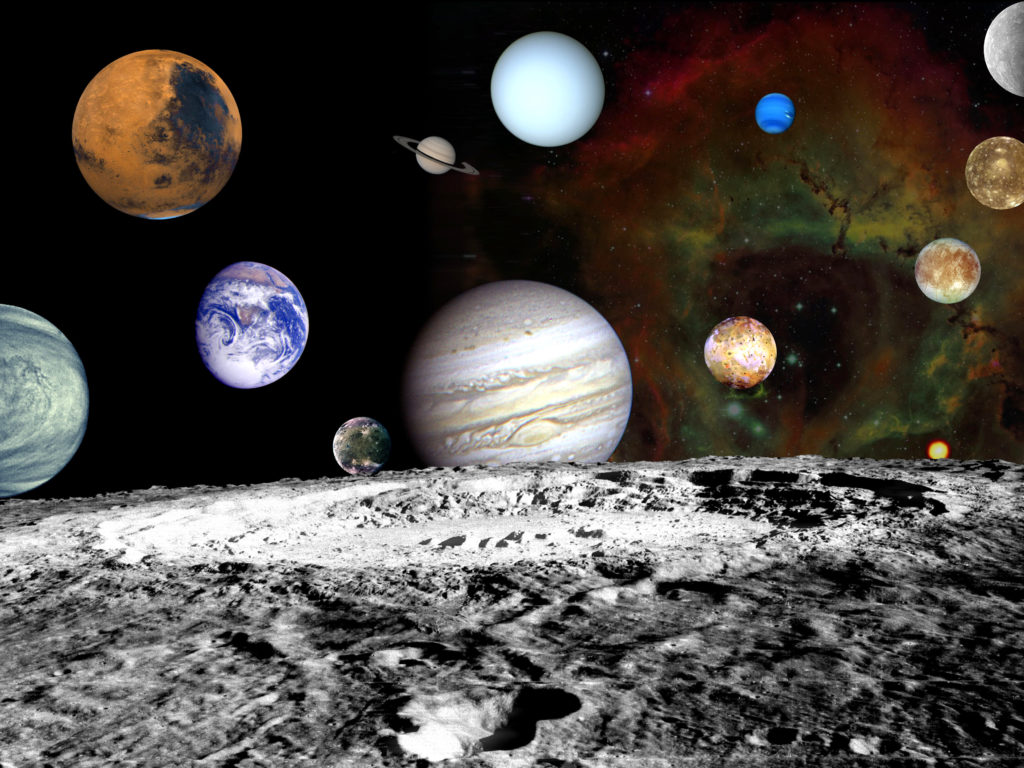
Second-Best Songs: In The Shadow Of ‘The Planets’ Lies Gustav Holst’s Sweet Little Suite
LISTEN
Morning Edition‘s series One-Hit Wonders / Second-Best Songs focuses on musicians or bands whose careers are defined by a single monster hit, and explains why their catalogs have much more to offer.
In this edition, NPR’s classical producer Tom Huizenga makes the case for the charming, danceable St. Paul’s Suite by Gustav Holst, who’s best known for his symphonic juggernaut called The Planets.
BY TOM HUIZENGA
Not long after Gustav Holst’s The Planets premiered in 1918, it became a supernova hit. It still is. In the coming weeks alone, you can hear The Planets in Berlin, Baltimore, LA and Paris. It’s also been sampled, stolen and favored by the likes of Frank Zappa, John Williams, Hans Zimmer and any number of prog-rock and metal bands.
The Planets is an extraordinary tour de force, a chance for any symphony orchestra to strut its stuff. There is the wall of sound, ear blasting music heard in “Mars, the Bringer or War“; some trippy, spaced out music in “Neptune, the Mystic”; and then some totally singable tunes found in “Jupiter, the Bringer of Jollity.”

A montage of images taken by the Voyager spacecraft of the planets and four of Jupiter’s moons, set against a false-color Rosette Nebula with Earth’s moon in the foreground. CREDIT: NASA
But there’s a lot more to Holst than this single, smash hit. He was an idiosyncratic composer, marching to the beat of his own drum, as they say. He was interested in Hindu philosophy. He took texts from the Rig Veda and set them to music — very mysterious and very beautiful. And he was also absorbed in the folk music of his homeland, the British Isles, which is evident in his wonderful piece for string orchestra called the St. Paul’s Suite. And it couldn’t sound more different than The Planets.
The 12-minute suite begins with a danceable jig which morphs into another one and just keeps the groove going. It also has quiet, mysterious corners, like third movement “Intermezzo,” where there’s almost an Eastern-inspired feel, as a solo violin spins a serpentine little melody, joined by a solo viola. It’s just really gorgeous.
I love how Holst ends the suite, again with a dance movement. It’s his own version of this British dance called the Dargason. And listen to how he seamlessly weaves into it the song that many of us know as “Greensleeves.”
Holst wrote the music in 1912 for the St. Paul’s Girls School in London. He had been made the director of music at that school when he was about 30 and remained there until he died in 1934, at age 59.
No disrespect to The Planets, because it is a great piece. And if you get a chance to hear it live — which you will — you should go for it. But it’s important not to forget about these other pieces that kind of lie on the dark side of Holst’s moon.















